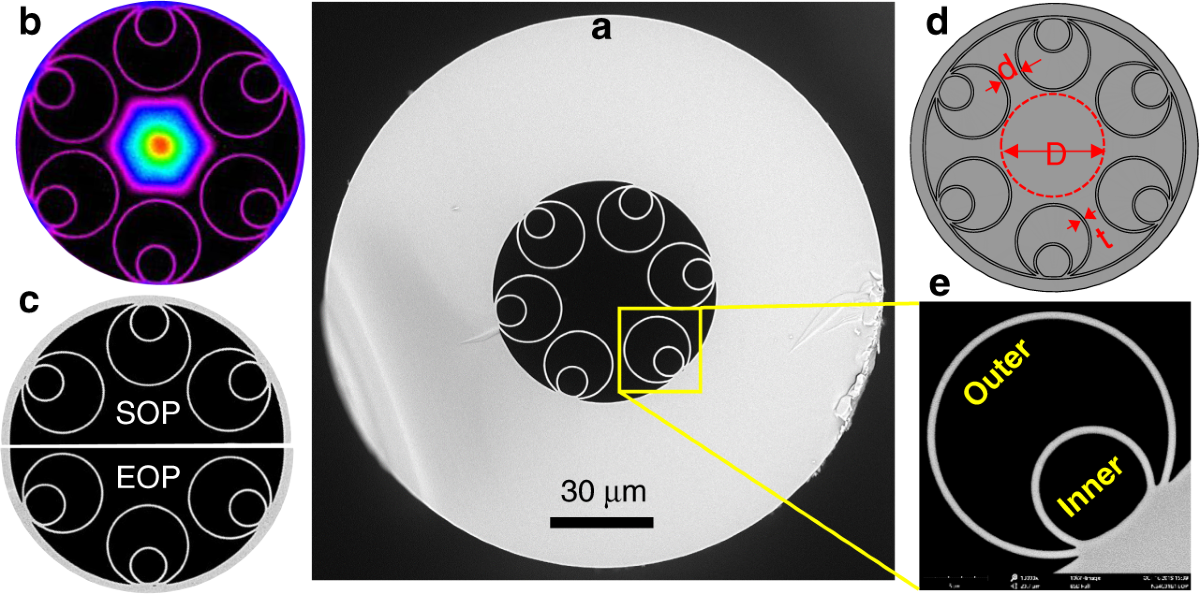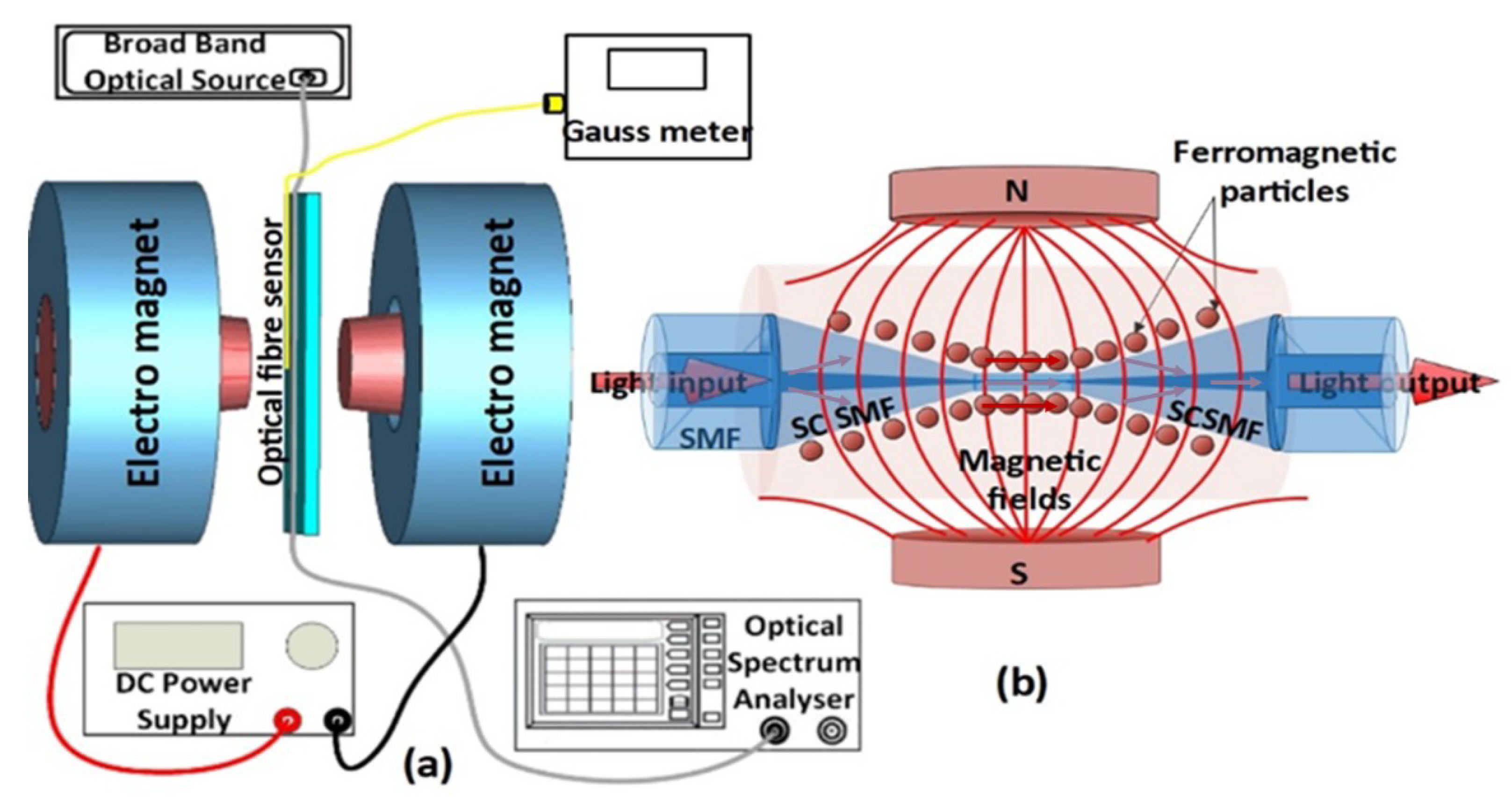Innovations in Optical Fibre Diameter Analyser Measurement Tools
Innovations in Optical Fibre Diameter Analyser Measurement Tools
Blog Article
Maximize Your Fibre Optic Efficiency: Understanding Optical Fiber Size Analyser Technology
The performance of fiber optic systems is seriously affected by the precision of their size, a variable typically ignored in the quest of ideal signal stability. Recognizing the modern technology behind optical fiber size analysers reveals the intricate balance in between dimension precision and manufacturing top quality. These gadgets not just enhance conformity with market standards however also give real-time insights that can preemptively deal with prospective problems. The ramifications of their use extend beyond mere dimension; they can fundamentally change the landscape of fibre optic effectiveness. What elements should one consider to harness their full possibility?
Value of Optical Fiber Size
The diameter of optical fibre plays a crucial duty in establishing the efficiency and performance of interaction systems. It affects several essential parameters, including the mode of light propagation, depletion, and bandwidth ability. Bigger diameters typically permit numerous light settings, facilitating higher data transmission rates. On the other hand, smaller sized sizes tend to sustain fewer settings, which can boost signal quality and lower crosstalk.

Additionally, comprehending the size's ramifications can lead to set you back financial savings by decreasing the need for signal boosting and repeaters in extensive networks (optical fibre diameter analyser). In final thought, the significance of optical fibre size can not be overemphasized, as it straight affects the overall efficiency and reliability of contemporary communication systems

How Size Influences Signal Quality
Signal high quality in optical fibre systems pivots significantly on the diameter of the fiber. The diameter affects numerous vital parameters, including attenuation, transmission capacity, and modal diffusion. A smaller sized size can bring about higher attenuation rates, leading to signal loss as light journeys through the fibre. This depletion can jeopardize the honesty of the transmitted information, bring about a decline in signal high quality, particularly over cross countries.
Conversely, larger sizes generally enable improved light capture and lowered modal diffusion, boosting signal clearness. In multimode fibers, a bigger core size can support multiple light modes, yet it may likewise present intermodal diffusion, which can break down signal quality. Selecting the optimal fibre size is essential for accomplishing the wanted efficiency in certain applications.
Additionally, the interaction in between the fibre size and the wavelength of the light used plays an important function in identifying the effective transmission range and overall signal honesty. Therefore, comprehending how fibre size affects signal top quality is vital for network developers and designers striving to enhance optical fiber systems for trusted, high-speed data transmission.
Introduction of Diameter Analyser Innovation
In numerous optical fibre manufacturing processes, exact dimension of fibre diameter is necessary for guaranteeing consistent efficiency and high quality (optical fibre diameter analyser). Size analysers are innovative instruments designed to examine the physical measurements of optical fibres with high precision. They utilize innovative optical and laser technologies to measure the diameter, ovality, and concentricity of the fiber, hence providing vital data for high quality control
These analysers can operate in-line throughout the production procedure or as part of off-line testing methods. In-line systems make it possible for real-time monitoring, allowing makers to readjust criteria instantly, therefore preserving ideal manufacturing problems. Off-line analysers, on the other hand, supply thorough examinations of sets, ensuring that any discrepancies from specified tolerances are identified and addressed.
Diameter analysers considerably add to the reduction of defects in optical fibres, boosting total item integrity. By continually gauging crucial specifications, these technologies assist in compliance with industry standards and requirements. As the need for high-performance optical fibers remains to climb, the function of diameter analysers becomes significantly crucial in accomplishing the preferred high quality and performance criteria in fiber optic systems.
Secret Features of Fiber Size Analysers
Although various models of fiber diameter analysers exist, they commonly share a number wikipedia reference of essential features that boost their performance and reliability. One of one of the most considerable attributes is high-resolution dimension capabilities, which make certain exact diameter analyses, vital for maintaining high quality control in fiber production. In addition, numerous analysers integrate sophisticated optical sensing units made to spot minute variants in fibre size, therefore supplying very useful information for process optimization.
Another crucial feature is real-time tracking, permitting operators to obtain instant responses on fibre size throughout the manufacturing process (optical fibre diameter analyser). This ability facilitates fast adjustments and decreases the chance of problems. Many analysers also come geared up with straightforward interfaces, allowing drivers to easily navigate via information and settings outcomes
Furthermore, durable data storage space and evaluation functionalities are important for tracking historic performance fads and ensuring conformity with market criteria. These features jointly contribute to the efficiency of fibre size analysers in enhancing fiber optic performance.
Best Practices for Fiber Optimization

First, regular calibration of optical fiber diameter analysers is important. This makes sure accurate measurements and reduces potential inconsistencies that can influence performance. Next off, keeping a clean workplace is important; dust and contaminants can result in signify destruction.
Additionally, it is very important to pick fibers that meet details application demands. This includes assessing factors such as depletion, transmission capacity, and environmental conditions. Appropriate installation techniques must also be stuck to, including avoiding sharp bends and excessive stress, which can compromise fiber stability.
Additionally, employing advanced tracking systems can facilitate real-time performance evaluations, allowing timely recognition of concerns. Normal testing and upkeep need to be conducted to make certain that fibers stay within optimal operational parameters.
Lastly, training workers on the most recent fiber optimization innovations and methods will boost their capability to implement efficient approaches. By adhering to these ideal techniques, organizations can considerably boost the efficiency and lifespan of their optical fiber systems, original site ensuring efficient communication and information transfer.
Verdict
Finally, the assimilation of optical fiber size analyser modern technology is essential for optimizing fiber optic performance. By making sure exact measurements of fiber dimensions, these analysers substantially enhance signal high quality and lower losses during information transmission. Routine calibration and maintenance click of the analysers are essential to support optimum performance and conformity with market criteria. Inevitably, the application of this technology helps with boosted data transmission prices and reinforces signal stability, contributing to the general effectiveness of fibre optic systems.
Signal quality in optical fibre systems pivots dramatically on the size of the fiber.In lots of optical fibre production procedures, precise dimension of fibre diameter is crucial for guaranteeing consistent efficiency and quality. As the need for high-performance optical fibres proceeds to rise, the duty of size analysers becomes increasingly essential in achieving the desired quality and performance criteria in fiber optic systems.
These attributes collectively contribute to the efficiency of fiber size analysers in optimizing fiber optic efficiency.
In final thought, the combination of optical fibre size analyser modern technology is critical for making best use of fibre optic efficiency.
Report this page